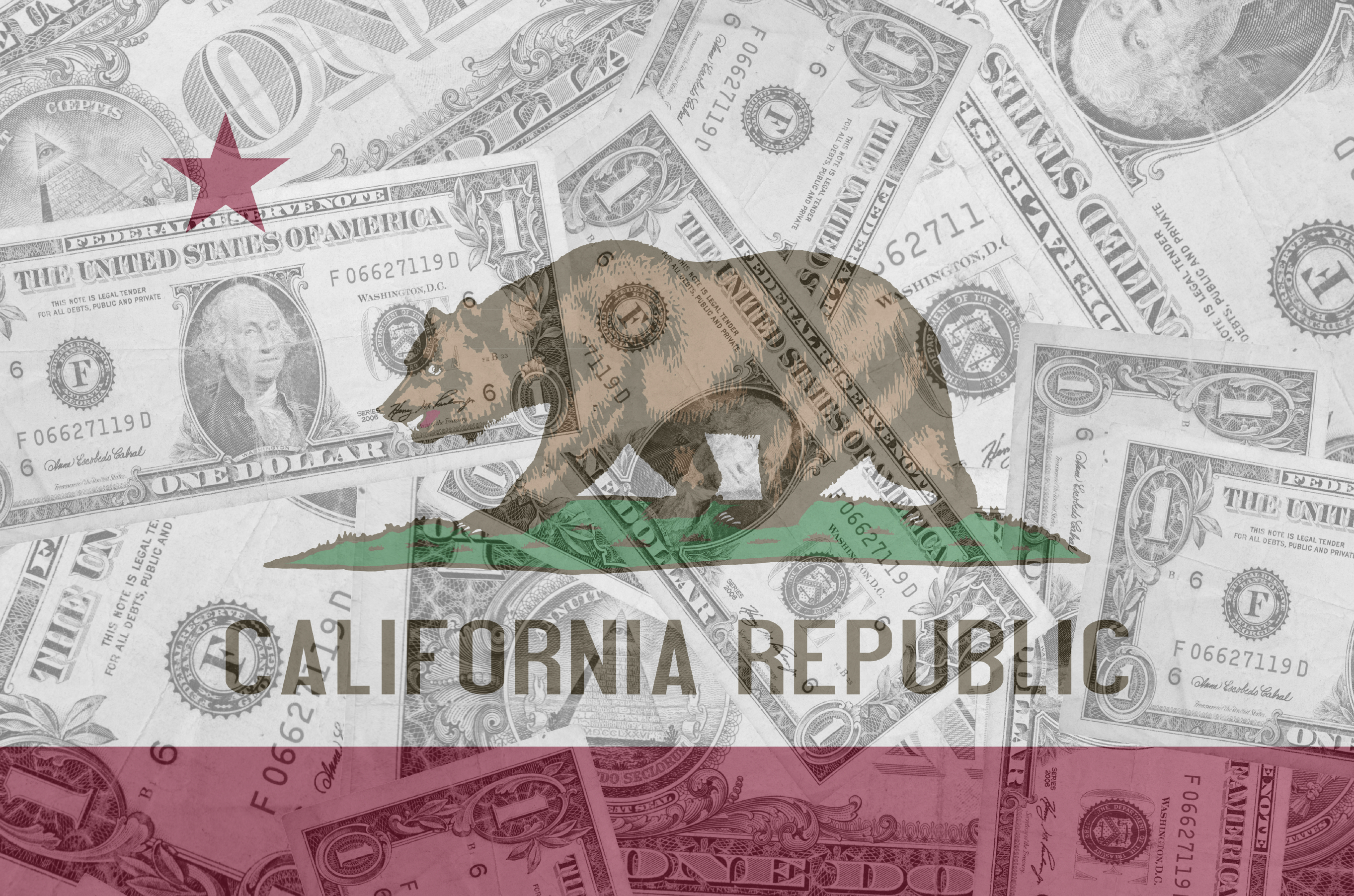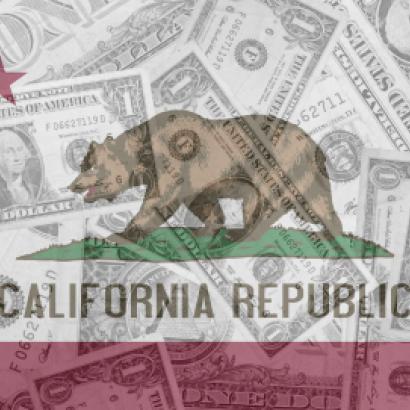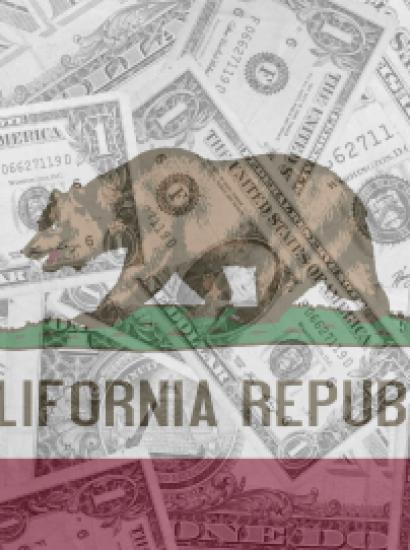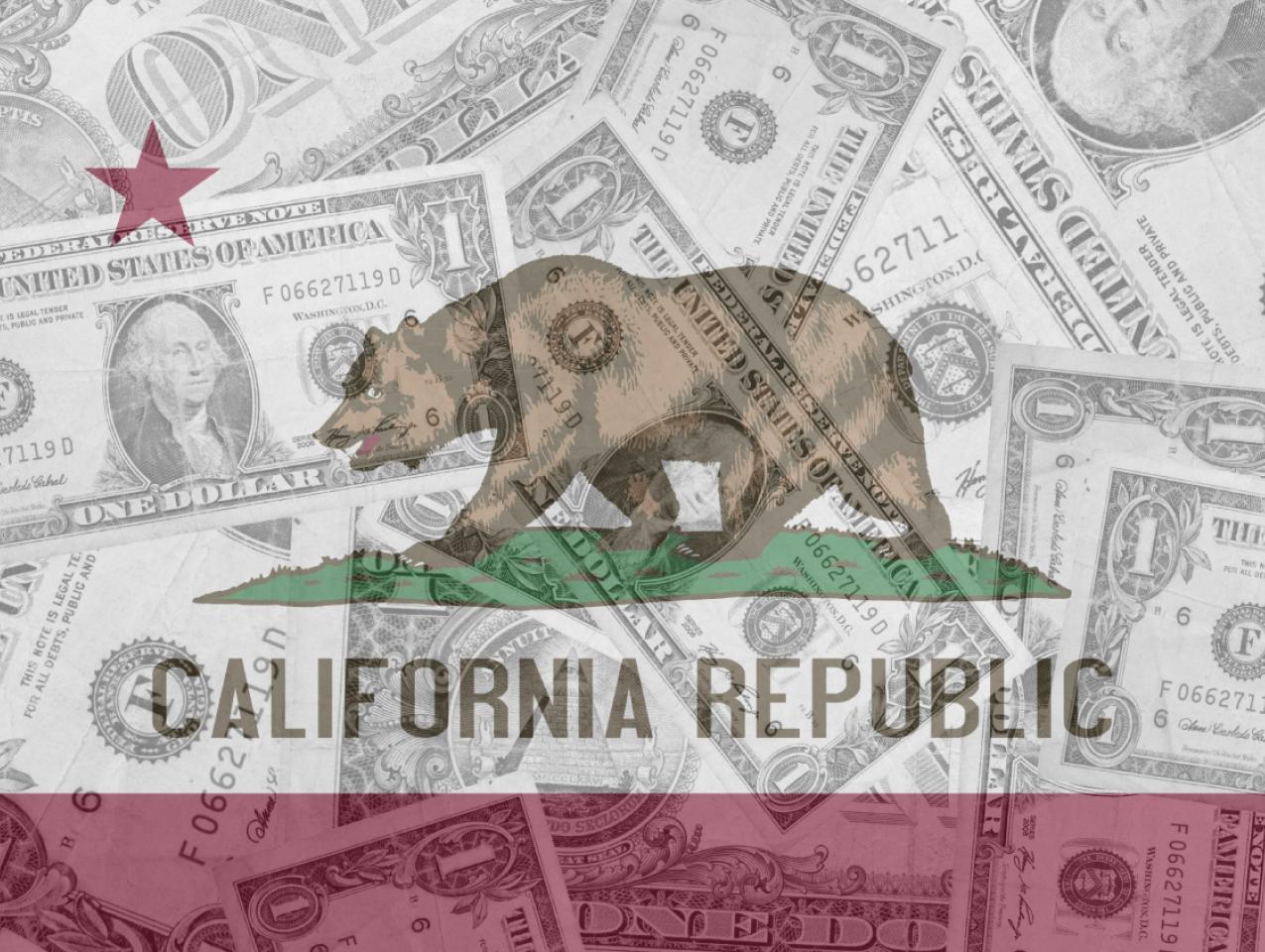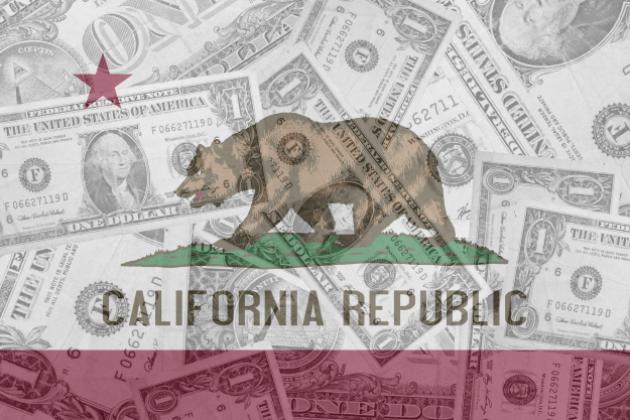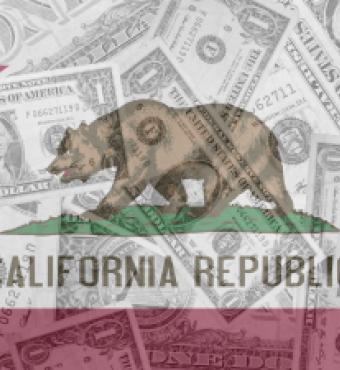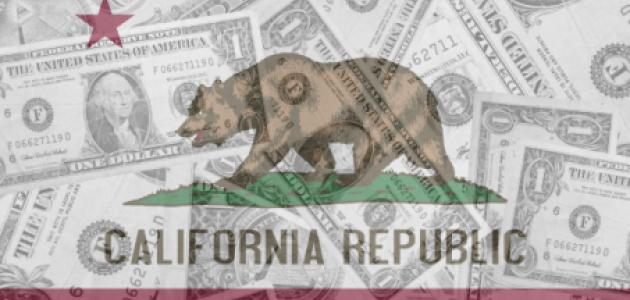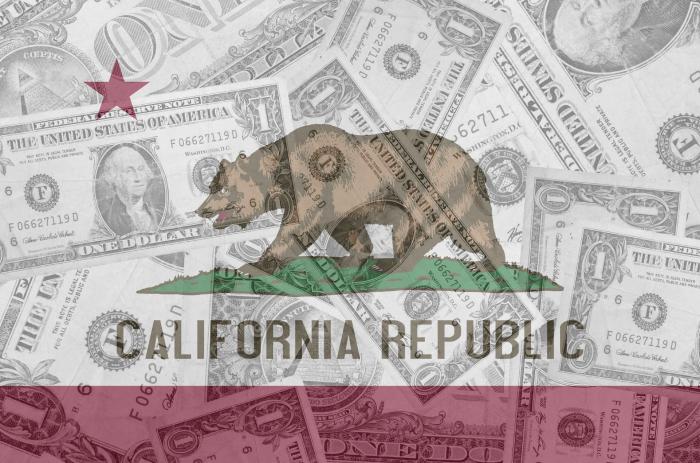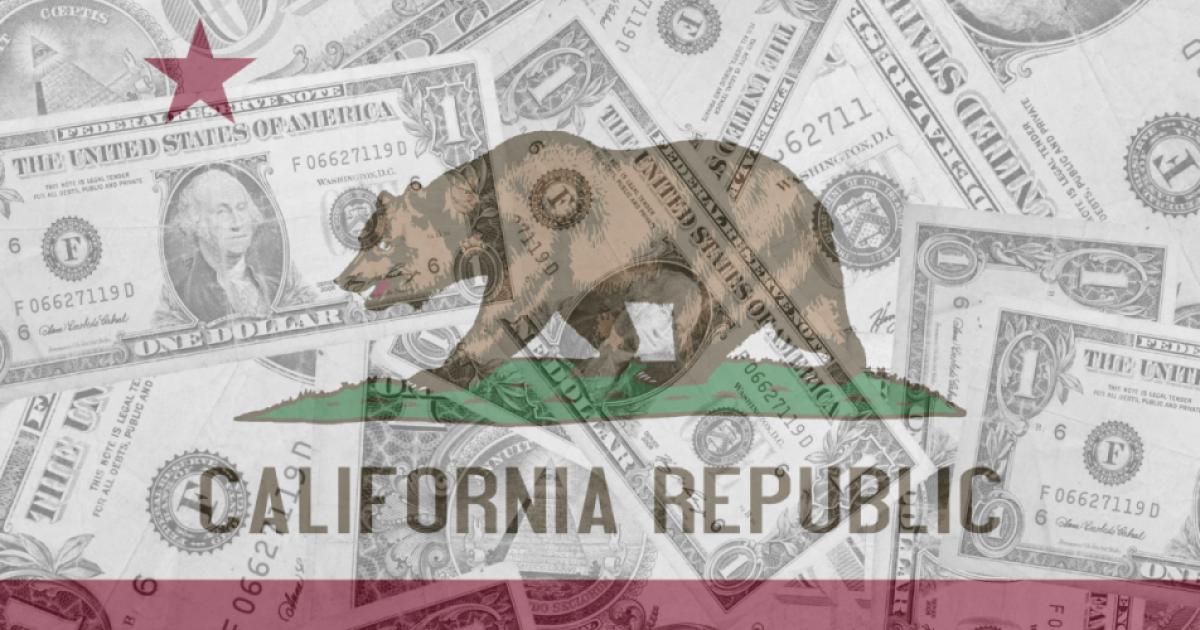- Economics
- Politics, Institutions, and Public Opinion
- State & Local
- California
Santa has already arrived in California for 2021, dressed as Governor Gavin Newsom, who is awash in new cash arising from much higher tax revenues than anticipated, plus bailout funds from the federal Santa Clauses in Washington, DC.
Newsom’s new budget proposal will be throwing dollars to most everyone and everything on the Democratic party’s wish list, including billions on expenditures that never came close to making the cut when resources were scarcer, largely because they were so far down any sensible priority list that they never were going to see the light of day.
However, as Newsom works hard to rebuild his image and try to fend off recall candidates, those pet projects have leap-frogged to the top of the list and are now getting substantial funding, ranging from spending billions more on California’s comically failed bullet train and paying traffic tickets for low-income violators to sending “no questions asked” checks to undocumented individuals and calling them tax rebates when, most likely, no taxes were paid by these individuals in the first place.
Newsom is calling this record $267 billion budget, which is 28 percent more than the pre-COVID 2019–20 budget a “historic, transformational budget. This is not a budget that plays small ball. We’re not playing in the margins. We are not trying to fail more efficiently.”
Do you know what “efficient failure” means? I don’t, but no matter, this budget is destined to fail on a grand scale. Not small-ball failure. Really big, beach-ball failure.
Santa’s elves didn’t create this largesse. They can’t print money that fast. What was feared to be a $5 billion deficit by budget analysts last year turned into a $74 billion surplus, thanks to those vilified one-percenters who really stepped up and delivered for everyone else in the state by paying a ton of taxes last year, reflecting capital gains on the sale of stocks, homes, and other assets, all of which are taxed as ordinary income in California, with some paying a tax rate as high as 13.3 percent. Add on another $26 billion from the feds, who also know a thing or two about how to blow out a budget, and this provides the $100-plus billion that Newsom refers to as helping fund “a transformational budget that doesn’t play small ball.” Put another way, $100 billion is close to half of the GDP of Portugal.
Listening to Newsom’s speech, you would think that his proposal for doling out this $100 billion is entirely his. But it is far from that. Roughly half of the state surplus—around $38 billion—must be spent on public schools, used to pay off state debt, and deposited in the state’s reserve account.
This means the “largest historic investment in California schools in history” is, well, required by law. About $8 billion of the remainder will likely be returned to taxpayers by law. This reflects a 1979 state constitutional amendment that requires revenue to be returned whenever state government expenditures rise too fast.
But what is known as the “Gann Limit,” named after anti-tax advocate Paul Gann (Californians were indeed rebelling about excessive government spending more than 40 years ago), is now, ironically, being used by Newsom to his advantage. First off, most Californians have little if any idea about the Gann Limit, which means that returning billions in tax revenue might as well be Newsom’s personal idea. And what a great idea during the time of a recall election.
Second, the Gann Limit has been interpreted for its 40-year-plus existence as broadly returning tax revenue to taxpayers. But those one-percenters who bailed us out won’t be getting any such checks from the Franchise Tax Board. Instead, checks will be sent to those making under $75,000 per year. Unconstitutional? Perhaps it is, because the law requires that the revenue be returned either via a change in tax rates or through fee schedules. We will have to wait and see if any lawsuits are filed over this.
It is hard to say that the recall has nothing to do with Newsom’s proposed budget, which includes many one-offs. His proposal is far above a sustainable budget trend and has been evaluated by the state’s nonpartisan Legislative Analyst’s Office (LAO) as “shortsighted and inadvisable.” And don’t think for a minute that the LAO isn’t politically sensitive to the wording of their pronouncements. I know of no statement from them regarding another governor that is more critical than this.
There is no doubt that for a governor facing recall, Newsom is in the right place at the right time. But to paraphrase Dr. Seuss, we are who we are, and Governor Newsom remains the governor who was elected on a platform to dramatically build housing and reduce homelessness, but who presided over an 8% decline in housing starts in his first year as governor—nearly 80% below his annual building goal—and who implemented business shutdowns among the nation’s most severe during COVID, while accomplishing a case rate that was only about average among the states.
These are some of the reasons why this budget will not significantly move the needle on any of California’s long-standing problems, nor will it prevent millions more Californians, nor thousands more businesses, from leaving. Not small-ball failure. Big, beach-ball failure.







